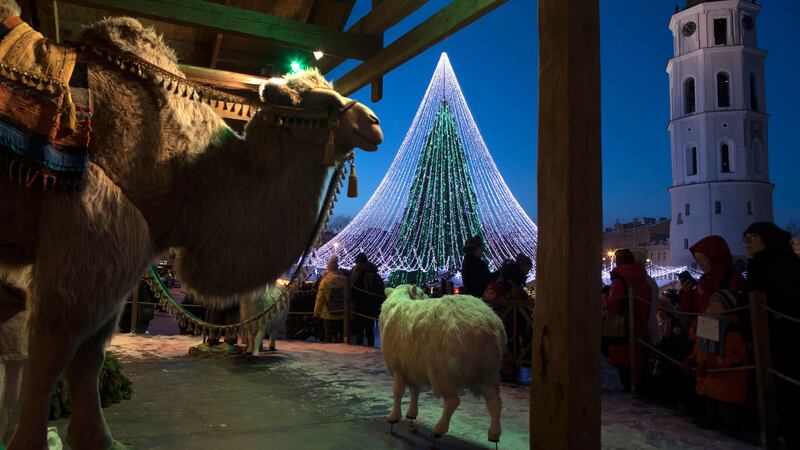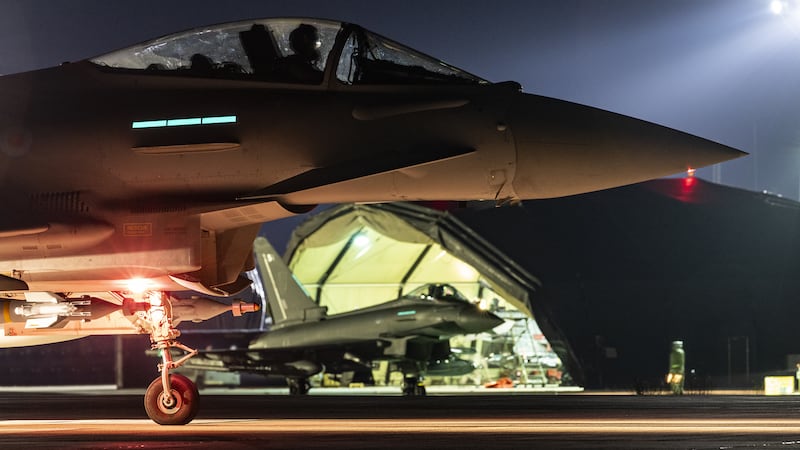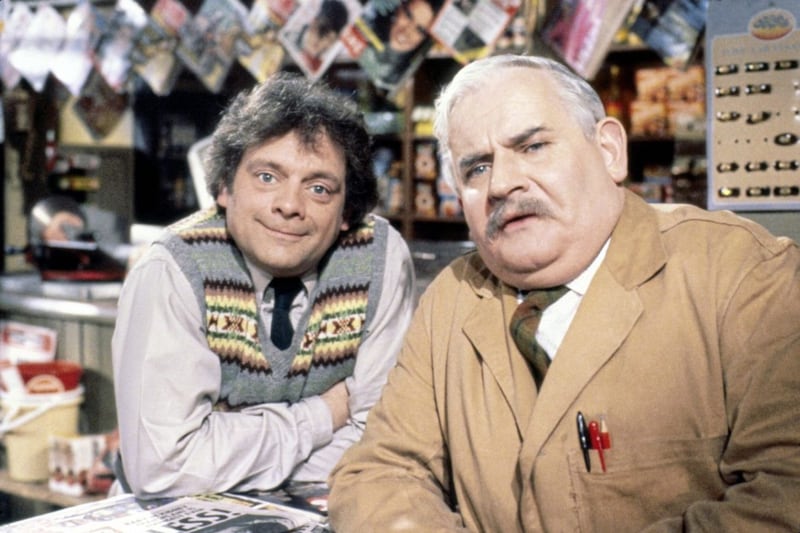A POLL conducted in England where schooling has become more multi-racial and consequently more multi-faith, has discovered that a hefty percentage of modern children don’t know the Nativity story.
Had it been conducted here, the findings would’ve been much more flattering to the faith of our fathers and refreshingly free of sectarian taint, since the uncontroversial Christmas image common to all Christian denominations – and even people who go nowhere on a Sunday, is ‘the little Lord Jesus asleep on the hay’.
This time of year’s a busy one for primary schools. There are Santa letters to write, snowflakes to cut out, cotton wool snowballs to make, the classroom to decorate and individual Christmas cards to print, glue and glitter. But taking priority over all else is the casting, rehearsing and performance of the class Nativity play before a large and heavily biased audience of mums, dads and the occasional besotted granny.
Cameron Mackintosh opening a new show in the West End couldn’t hold a candle to the excitement, the tension, the tantrums and the drama involved in getting a cast of thirty children from Nazareth to Bethlehem without ever leaving the classroom.
It’s an undertaking not to be undertaken lightly. Casting is the first hurdle. The Virgin Mary is usually picked for looks and docility. The wise teacher chooses a child of strong constitution since no-one wishes to receive a telephone call on the morning of the Big Day saying, “Mary’s down with chickenpox,” and the production does kind of revolve around her.
Joseph needs a sound sense of direction and a phlegmatic temperament, for it’s not unknown for Mary to deal him an unmerciful thump for tugging her along too energetically.
Innkeepers need to be stalwart fellows with solemn faces and a talent for serious head-shaking. Shepherds and kings are cast by the same criteria – ie one who can point and two others to look meaningfully in the same direction, though the kings get to wear the fancy gear and carry the chocolate boxes. A capacity not to stand on the hem of one’s robe and fall into the manger while delivering the gift is an advantage.
The donkey is not considered a plum role since nobody’s mother is thrilled that most of their offspring’s face is obscured by a brown knitted balaclava with two felt lugs. The heavenly host of angels need to be the loudest singers and/or have access to a ballet frock. And that’s about it really.
There’s a temptation to drag in secular elements – the little drummer boy for example, who may not necessarily turn out to be the child in the class with the best sense of rhythm. Pah-rum-pa-pum-pum. Most unwise.
Production pitfalls are minimal, but do work out in advance how the baby Jesus is going to make his appearance, as I witnessed once his being skimmed across the floor like a curling-stone, skating to a halt at Mary’s feet.
Do not let all the shepherds carry staves. They’ll have each other’s eye out. One crook per nativity is sufficient. Remind the heavenly host that angels do not scratch, pick their noses, nor wave at their mammies mid-performance.
One year we had a real baby, whose sojourn in the hay caused him to sneeze throughout the performance, till he dislodged himself from the manger and rolled slowly across the floor like a Russian doll in his swaddling clothes, while his father video-ed the happy scene and the audience dissolved into hysterics.
Mostly though, you watch with a lump in your throat at the spectacle of naïve and spontaneous innocence and joy. It’s an uplifting spiritual experience for all concerned, but you wonder sometimes about the dimension of understanding.
Years ago I took my Primary One class to see a Primary Three nativity. When we came back I asked them to draw a picture of what they’d seen. “Hi teacher,” asked one of mine after much pondering with a pink crayon, “what was it Mary had anyway? A boy or a girl?”








